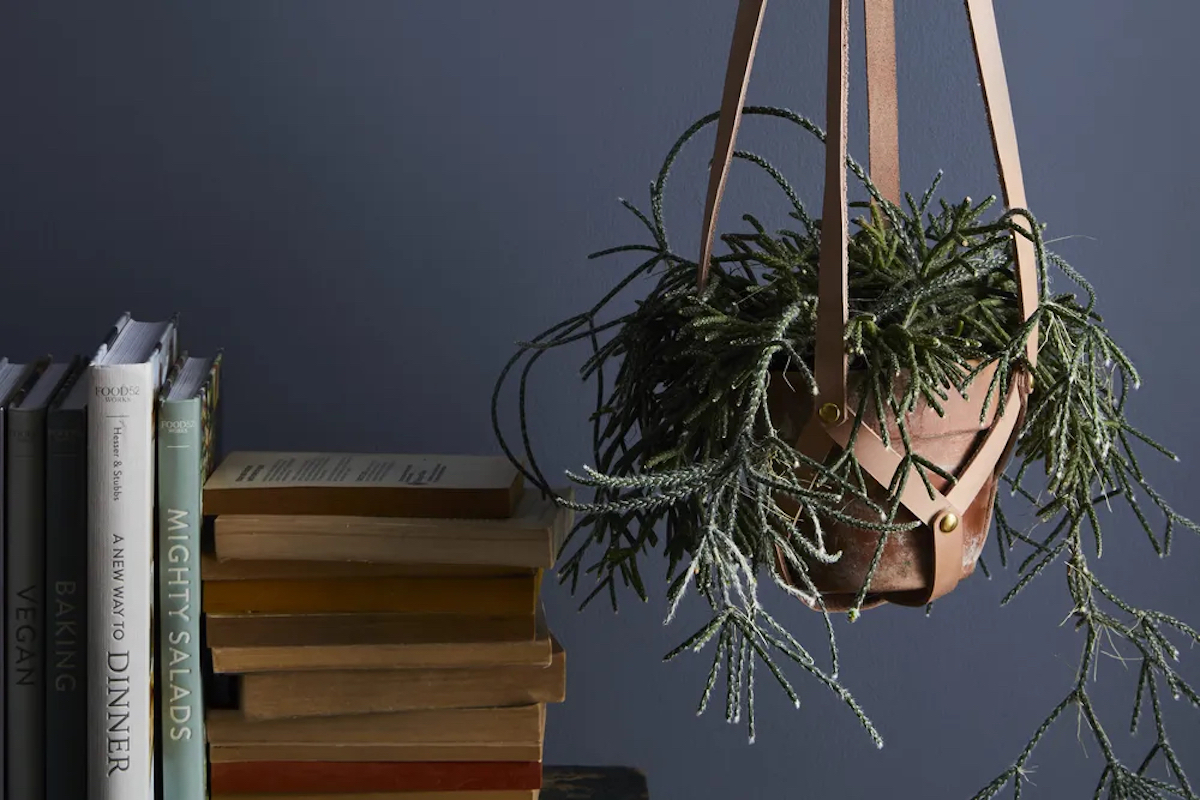Looking for a plant that will survive in your dark bathroom or next to a north-facing window in your home? Or maybe in your basement window? Don’t fret — there are lots of different houseplants that thrive in low-light conditions.
But can a plant survive in a totally windowless room? The short answer to this question is . . . no. There is no living plant that will do well in a room that does not have at least a sliver of natural light, and while some of the plants on this list may be able to survive in artificial light for a short period of time, eventually — unless you give them a spin around your home to get some light every so often—they will die from lack of exposure to sunlight. If you have a windowless room in your home that’s crying out for a plant, consider adding grow lights which will help provide a plant with the light that it needs to survive.
That said, before you throw in the towel and get a fake plant to occupy the corner in your home that needs a little green, check out these top low-light houseplants.
https://www.instagram.com/p/B8aW1kNAIw7/
Snake plants are some of the most popular low-light houseplants on the market—and for good reason. They’re easy to grow, don’t require frequent watering, and come in a variety of attractive shapes and colors. Just ask Home52 Editorial Lead, Arati Menon, whose snake plant is absolutely thriving—despite her admission that watering is infrequent at best and fresh air is a rarity. All in praise of the snake plant, though, that’s happy to take the abuse.
2. ZZ Plant
https://www.instagram.com/p/CLJ6_fAgxW1/
This tropical guy is one of the best low-light plants available. The ZZ plant (Zamioculcas zamiifolia) is characterized by dark green, thick, arc-like stems with succulent oval leaves. Since it grows from rhizomes, the ZZ plant is also extremely drought-tolerant and should be watered infrequently when grown indoors. While they can do well in medium to bright light conditions, they’re also fine with low-light as well — perfect for that north-facing window.
3. Pothos
https://www.instagram.com/p/CPOpJODg-U3/
Pothos are truly a staple in any home. They thrive in a variety of lighting conditions and require very little water. These vining house plants instantly add a tropical flair to any room and can grow up to 30 feet long (!) indoors if they’re not cut back. Pothos can be trained to grow up trellises or left to trail downwards, and they make excellent hanging plants. Popular varieties of pothos include the golden pothos, jade pothos, and marble pothos.
4. Dracaena
https://www.instagram.com/p/CPz8XYbg_KK/
Dracaena is a genus of about 120 tropical plants, most of which are notoriously easy to grow. They make popular houseplants thanks to their tolerance to low light and low water requirements. Dracaena also come in a wide range of shapes, colors, and sizes. Popular Dracaena house plants include the Dracaena ‘Janet Craig’ (Dracaena deremensis ‘Janet Craig’), lucky bamboo (Dracaena braunii), corn plant (Dracaena fragrans), and the song of India (Dracaena reflexa), to name a few.
https://www.instagram.com/p/CEuEOZ_H-ME/
As its common name indicates, the cast iron plant (Aspidistra elatior) is an extremely hardy houseplant that can survive even the most extreme conditions. This plant can grow in near darkness if required (although we don’t recommend it!) and is also drought-tolerant. Cast iron plants grow up to two feet tall indoors and are mainly grown for their bushy foliage. While they are slow-growing, it’s easy to keep them alive and rewarding once you step back and see how much they’ve changed.
https://www.instagram.com/p/BiFisyFDtr5/
Plants in the Dieffenbachia genus grow well in low-light conditions, although they also do well in medium to bright indirect light. Dieffenbachia come in a wide range of sizes and colors, ranging from the relatively small and compact Dieffenbachia ‘Camilla’ to the large and showy Dieffenbachia ‘Tropic Snow’. Unfortunately, Dieffenbachia plants are highly toxic to pets and humans if ingested so parents and pet owners should exercise caution in the home.
This post contains products independently chosen (and loved) by Food52 editors and writers. Food52 earns an affiliate commission on qualifying purchases of the products we link to.


